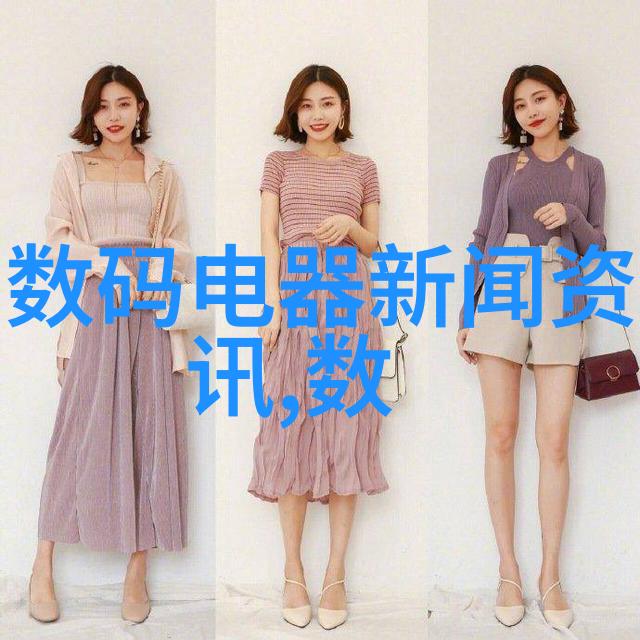单反摄影技巧精髓解析
mastered the basics of photography, including understanding aperture, shutter speed and ISO.

Aperture refers to the size of the camera's aperture blades, which control how much light enters the lens. A larger aperture allows more light in and results in a shallower depth of field, while a smaller aperture allows less light in and results in a deeper depth of field. Shutter speed controls how long the camera's shutter is open for exposure purposes. Faster shutter speeds are ideal for capturing moving subjects or freezing fast-paced action scenes, while slower shutter speeds can create motion blur or artistic effects like "waterfall" shots with flowing water.
Mastering composition techniques such as rule-of-thirds gridlines and leading lines.

The rule-of-thirds gridline technique involves dividing an image into thirds both horizontally and vertically to place important elements along these lines or at their intersections. This method helps create balance and visual interest within an image by guiding viewers' attention towards specific parts of it.
Understanding different types of lenses available for use on single-lens reflex cameras.

Various types of lenses cater to unique shooting styles: wide-angle lenses capture expansive landscapes; telephoto lenses zoom-in on distant objects; macro lenses enable extreme close-up photographs; fisheye lenses produce distorted images with exaggerated perspectives; tilt-shift lenses allow adjusting angles between plane parallel to sensor surface; ultra-wide-angle primes provide sharpness & contrast at high resolutions.
Utilizing flash lighting techniques effectively during low-light situations or indoor photography.

Flash units can be used creatively indoors when natural light is limited by positioning them off-camera using external flashes mounted onto tripods (strobist) positioned strategically around your subject area – you might need two lights (main + fill) - one main source casting shadows then another placed nearby as fill-in creating balanced illumination across faces without overexposing highlights from primary source.
5.Leveraging post-processing tools like Lightroom/Photoshop software suites for enhancing photos after capture.

In Adobe Lightroom/Photoshop software suite we have access to extensive editing capabilities that go beyond basic adjustments offered by camera settings themselves – enabling us not only adjust brightness but also color grading (vibrance/saturation), noise reduction based on sensitivity levels chosen during initial setup & sharpening options tailored per photo content type (landscape portrait etc.).



